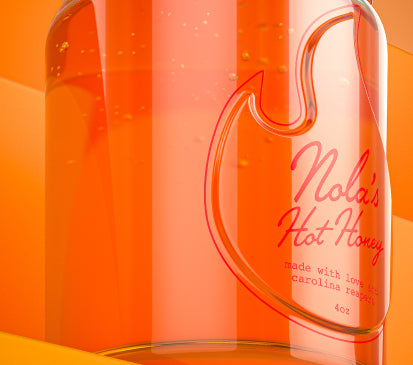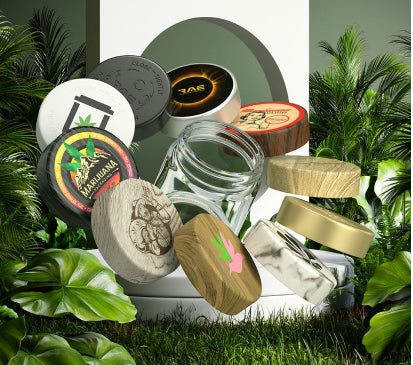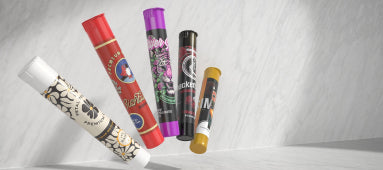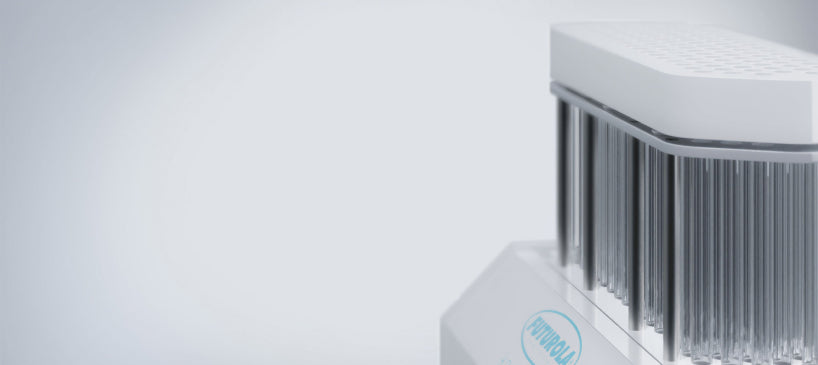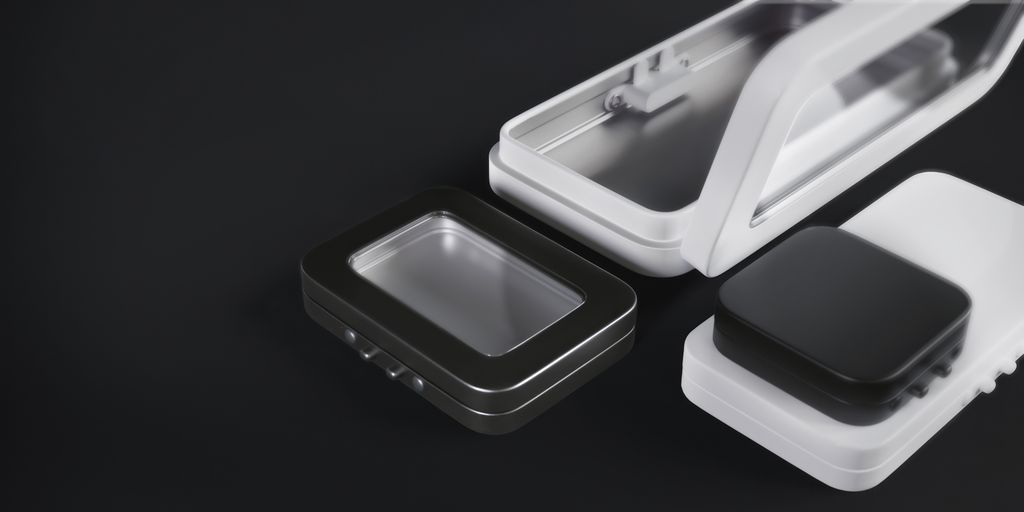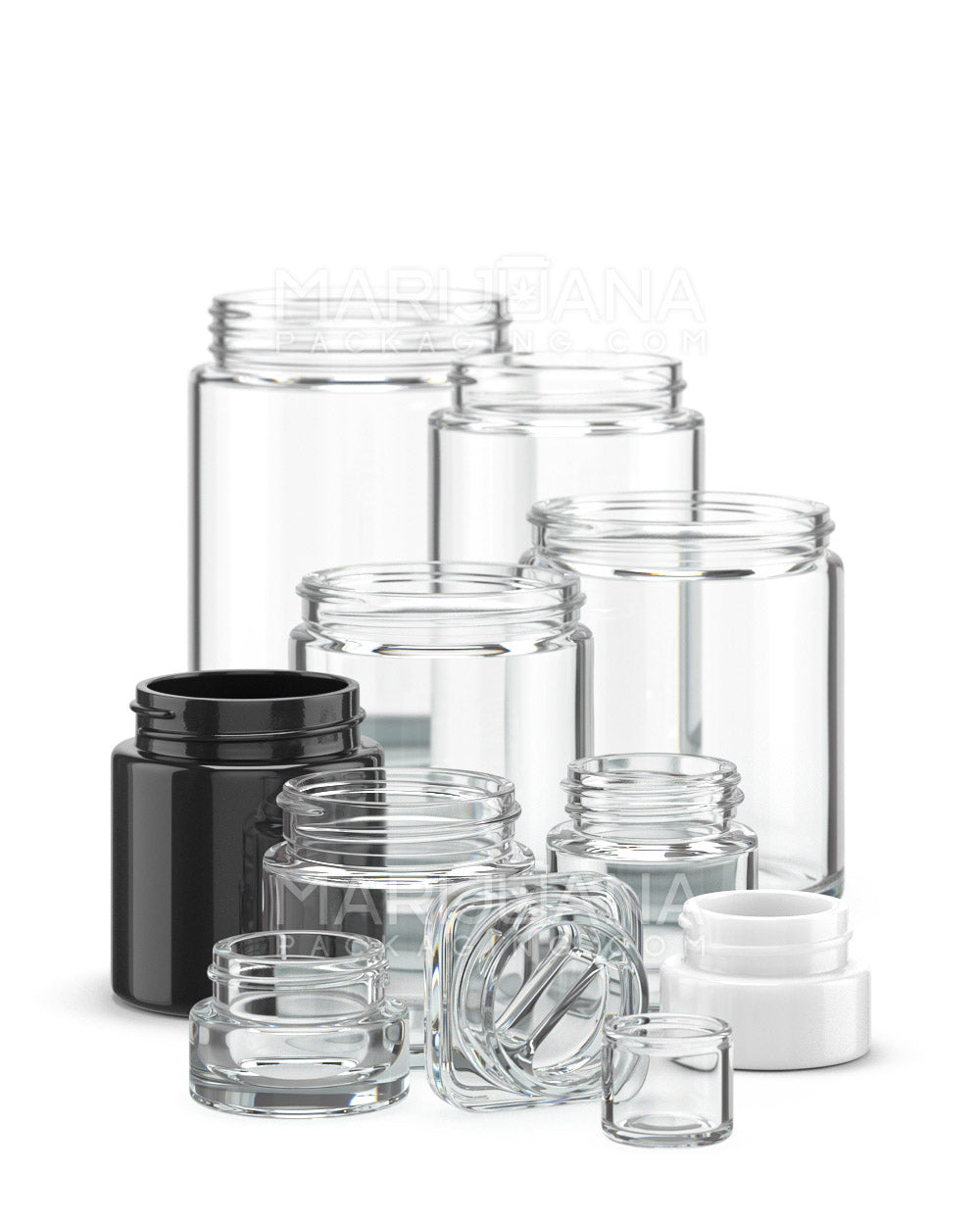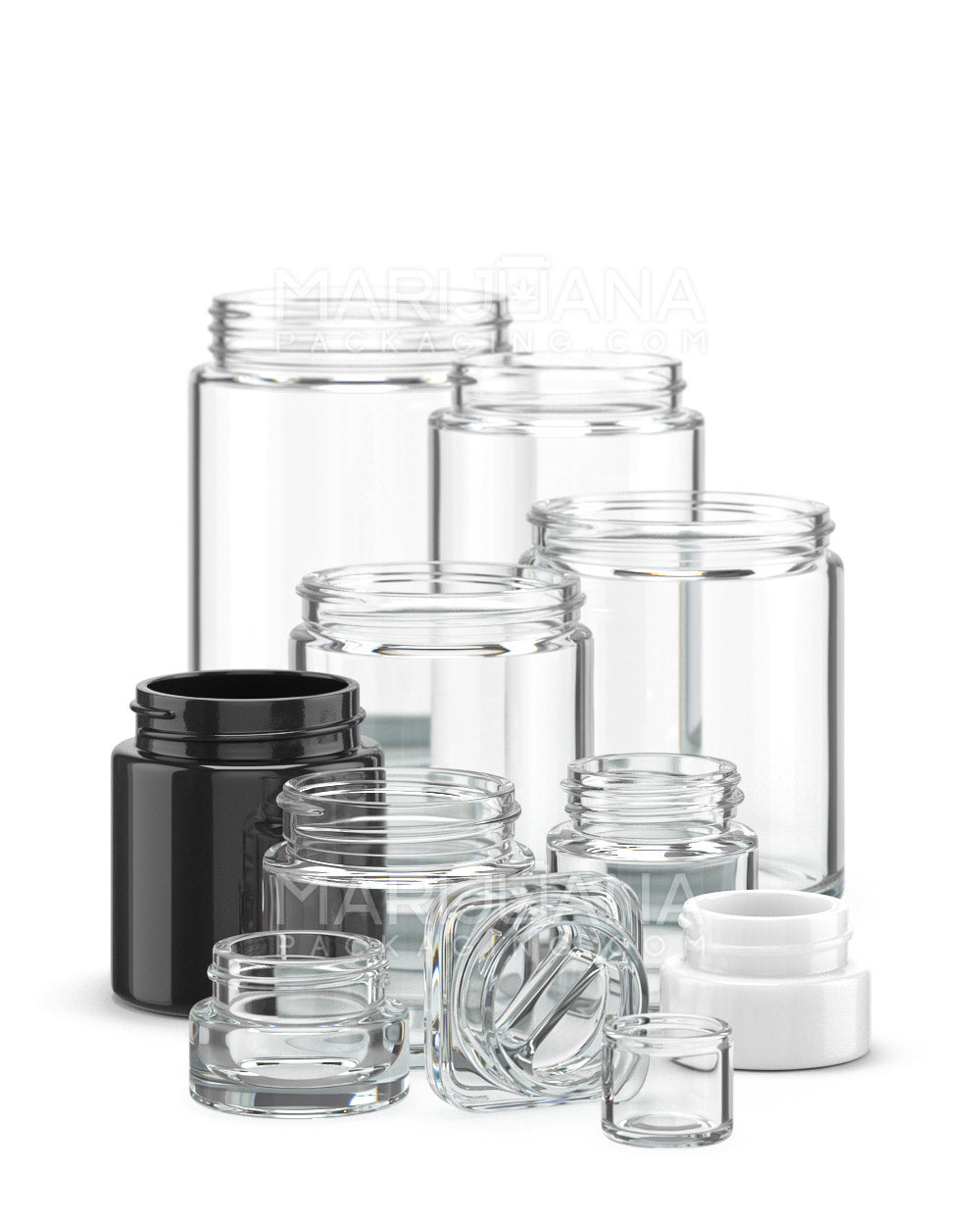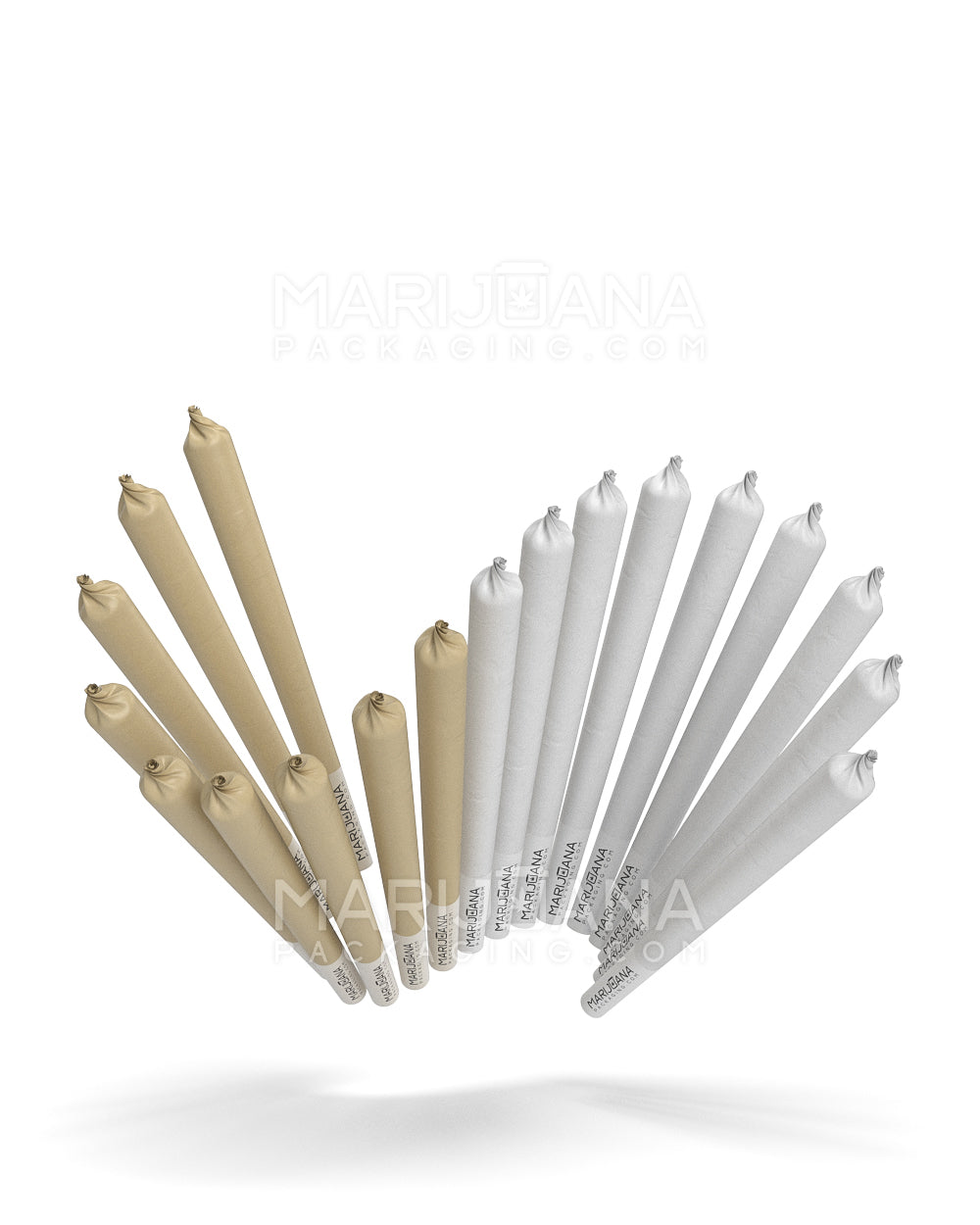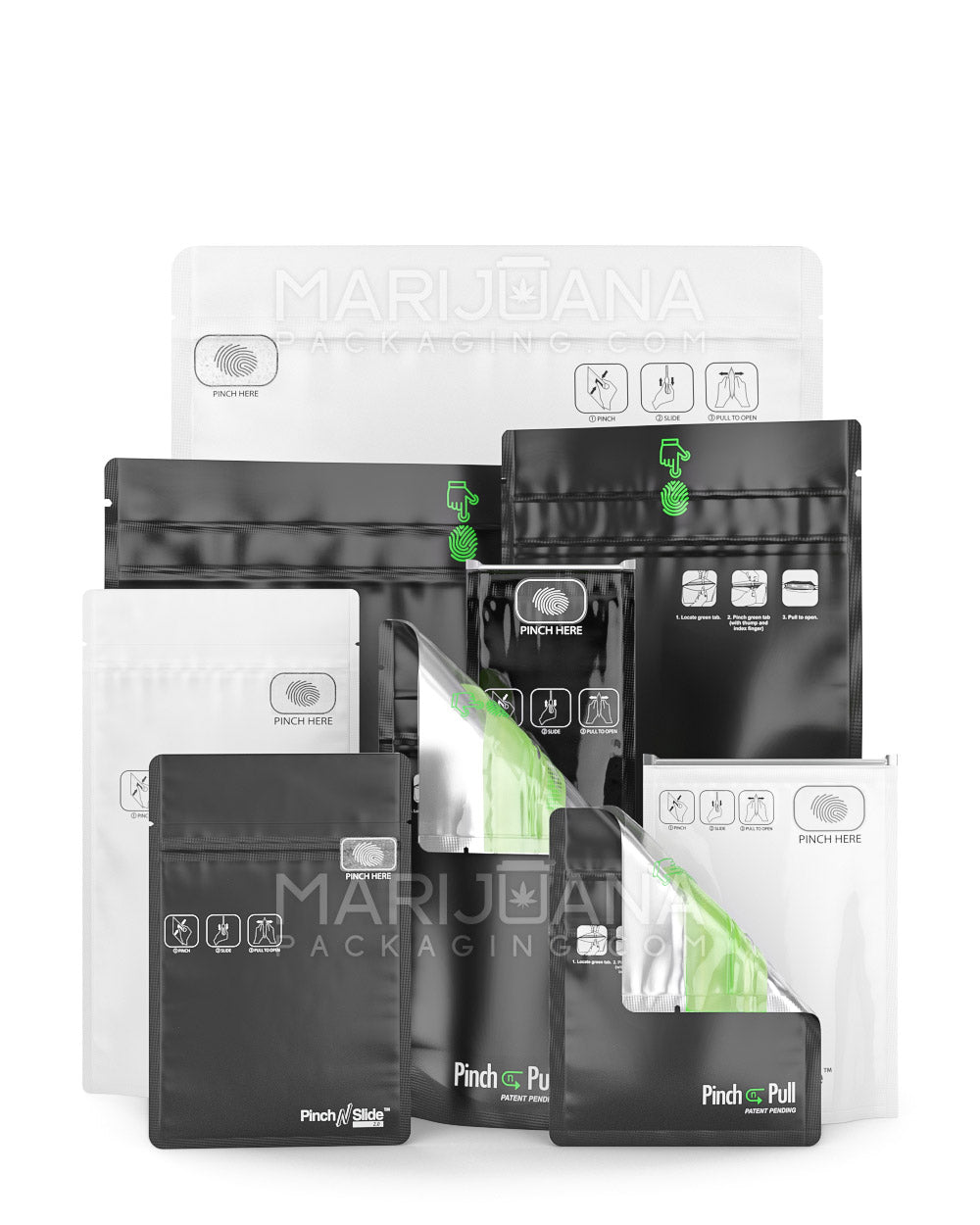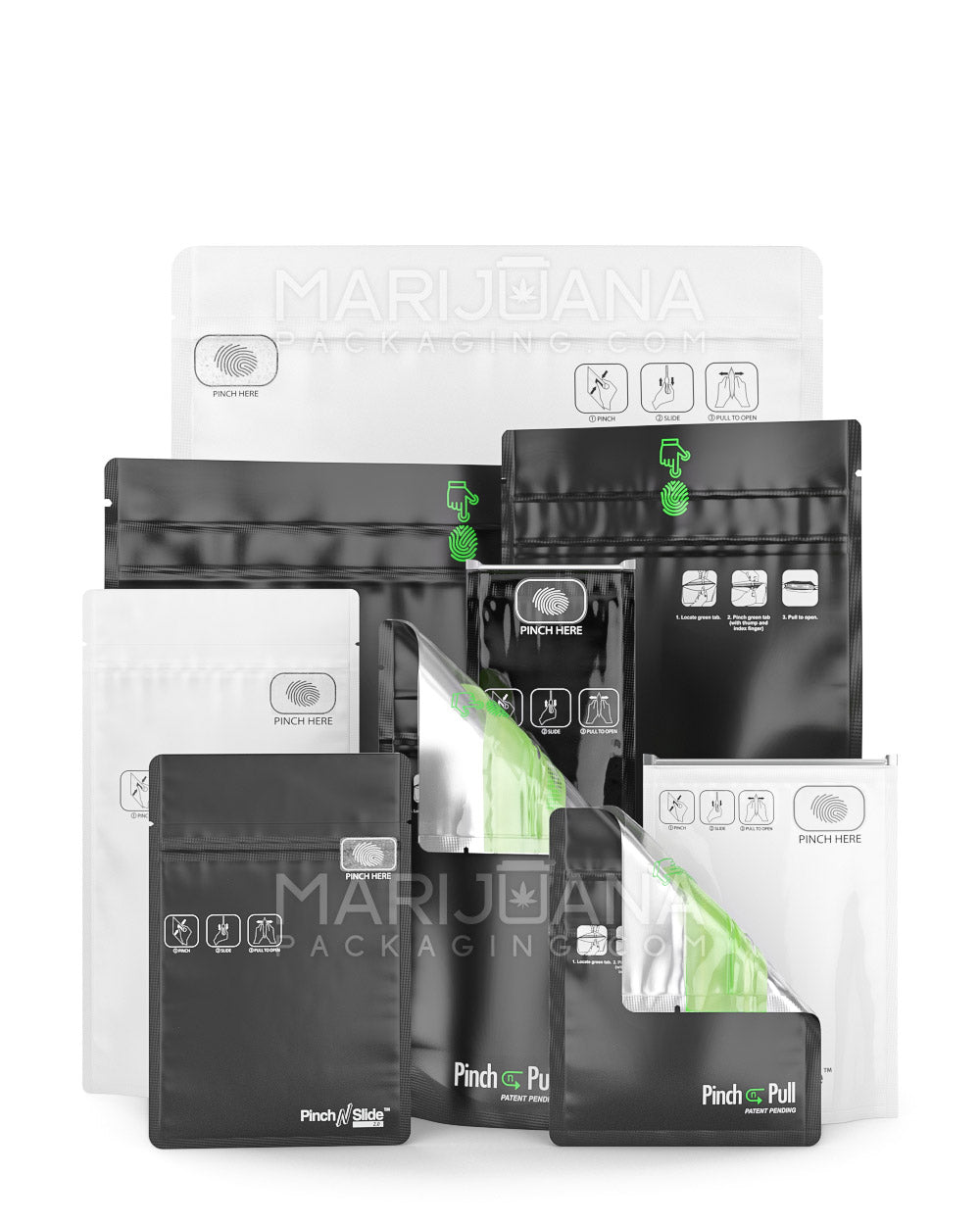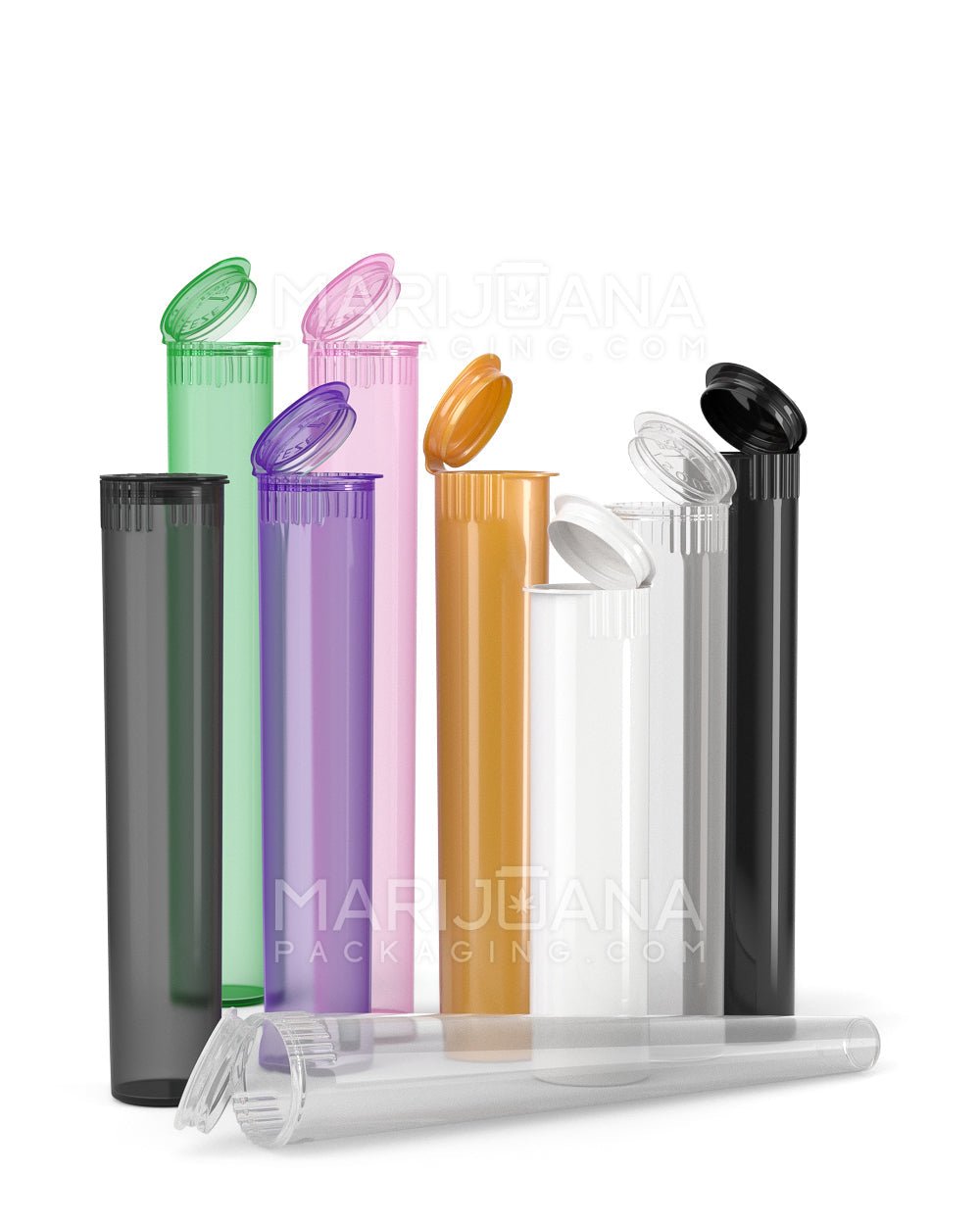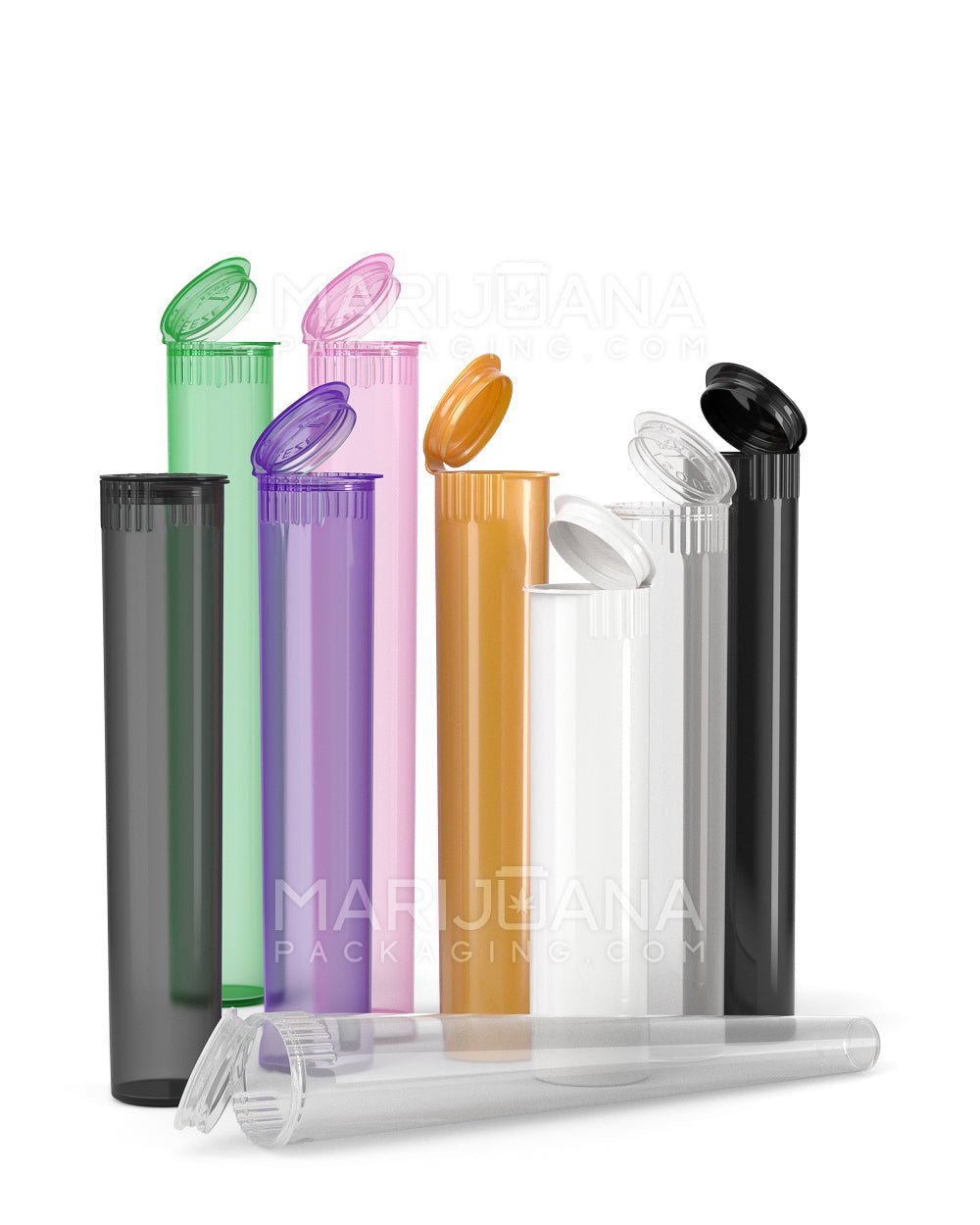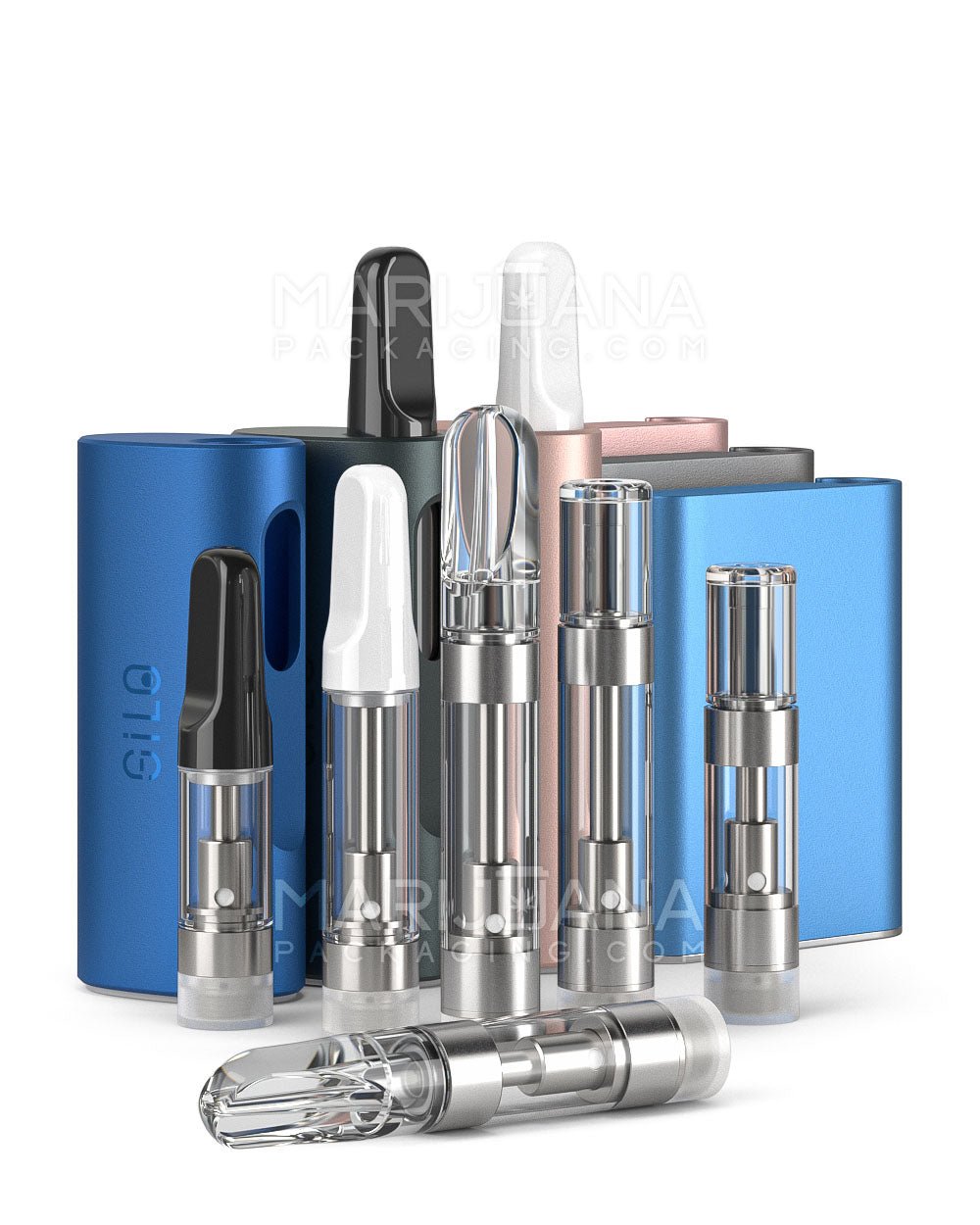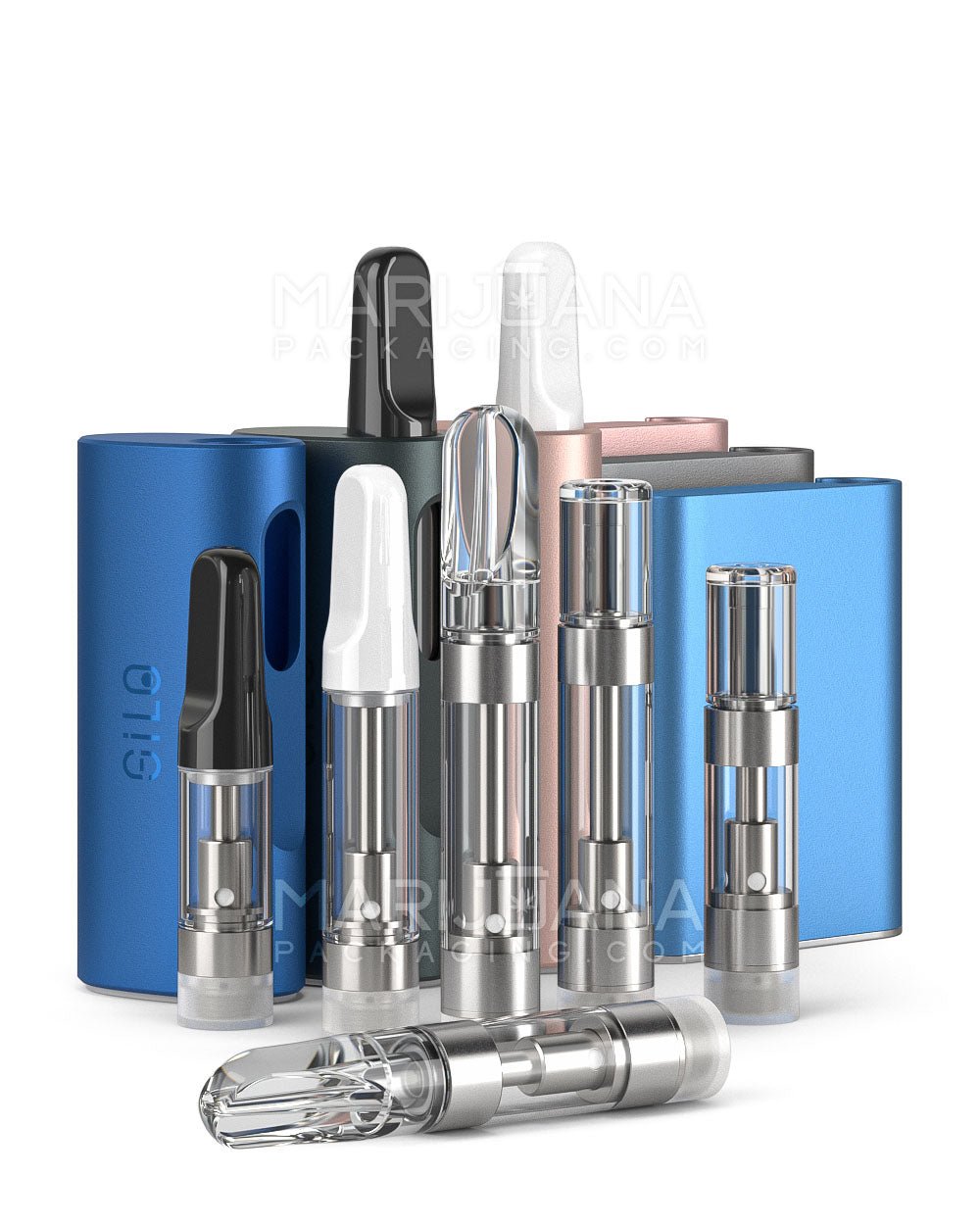Light is one of the most crucial elements for cannabis growth. Marijuana plants convert light energy into chemical energy, which fuels the production of resinous buds. If you’re growing cannabis with minimal equipment and rely on sunlight, all you need to worry about is the duration of your crops in the sun. However, if you grow cannabis indoors using hydroponic systems for weed, investing in quality grow lights for cannabis is essential.
Cannabis grow lights allow marijuana cultivators to control the exact amount of light their plants receive without worrying about factors like bad weather. Even so, weed lights come in numerous shapes and sizes, with some being more effective than others. For this reason, selecting an ideal grow light can be a difficult decision for many weed growers.
Fortunately, our guide delves into the world of marijuana grow lights to help you uncover the best ones for you. It explores the different types of weed lights and how each one affects marijuana plants.
Types of Grow Lights
There are several types of lights for growing marijuana available, each with its unique advantages and drawbacks. The most common ones include High-Intensity Discharge (HID) lights, Light Emitting Diode (LED) lights, and Compact Fluorescent Lights (CFLs).
HID lights, which encompass Metal Halide (MH) and High-Pressure Sodium (HPS) lamps, have been popular choices among cannabis growers for decades. These cannabis equipment provide an intense light spectrum suitable for vigorous plant growth. However, they are known to produce significant heat and consume more energy than other types of grow lights.
LED lights have gained popularity in recent years due to their energy efficiency, lower heat output, and customizable light spectrum. They often result in higher yields, but the initial cost can deter some growers.
CFLs are an affordable and accessible option, particularly for small-scale growers. They generate less heat and consume less energy than HID lights but may not provide the optimal light spectrum for maximizing cannabis yields.
Heat Management
Managing heat can be a significant challenge in indoor cannabis cultivation, alongside other factors like maintaining the ideal humidity for weed. Grow lights, particularly HID lights, can produce substantial amounts of heat that need proper management. Excessive heat can cause problems like stunted growth, reduced yields, and increased susceptibility to pests and diseases.
Here are a few cannabis growing tips to help you manage heat in your grow room for the best yields.
- Maximize Ventilation: Ensure there’s proper airflow to dissipate heat and maintain a comfortable temperature for cannabis plants.
- Use Air Conditioning: Installing an air conditioning system can help maintain consistent temperatures in the grow room.
- Utilize Water-cooled systems: Some advanced grow light systems use water to cool the light fixtures, reducing the heat emitted into the grow space.
Costs and Efficiency
It is crucial to evaluate the initial investment and long-term operating costs when considering grow lights. While HID lights may have a lower upfront cost, they consume more energy and have a shorter lifespan than LED lights. Over time, investing in LED lights can lead to substantial savings on energy bills and replacement costs.
Moreover, LED lights are known for their efficiency in converting electricity into usable light for plant growth. This efficiency lowers operating costs and contributes to increased yields and better-quality cannabis.
Yields
The ultimate goal of cannabis cultivation is to maximize yields while maintaining high-quality plants. The type of weed growing lights used can significantly impact the overall production. LED lights can be fine-tuned to provide optimal light conditions for each stage of cannabis growth, leading to higher yields and better-quality plants.
On the other hand, HID lights can still produce impressive yields, but they come at the expense of higher heat output and energy consumption. Meanwhile, CFLs may not provide the intensity and light spectrum needed for maximum yields.
The Bottom Line
Choosing the right grow lights for cannabis is crucial for successful weed cultivation. When selecting the ideal grow light for your needs, you should consider factors like heat management, cost efficiency, and total outputs. You can find several types of cannabis grow lights on the market with distinct pros and cons that make them ideal for different situations. Ultimately, the best grow light for your cannabis plants will depend on your specific requirements, budget, and cultivation goals.
